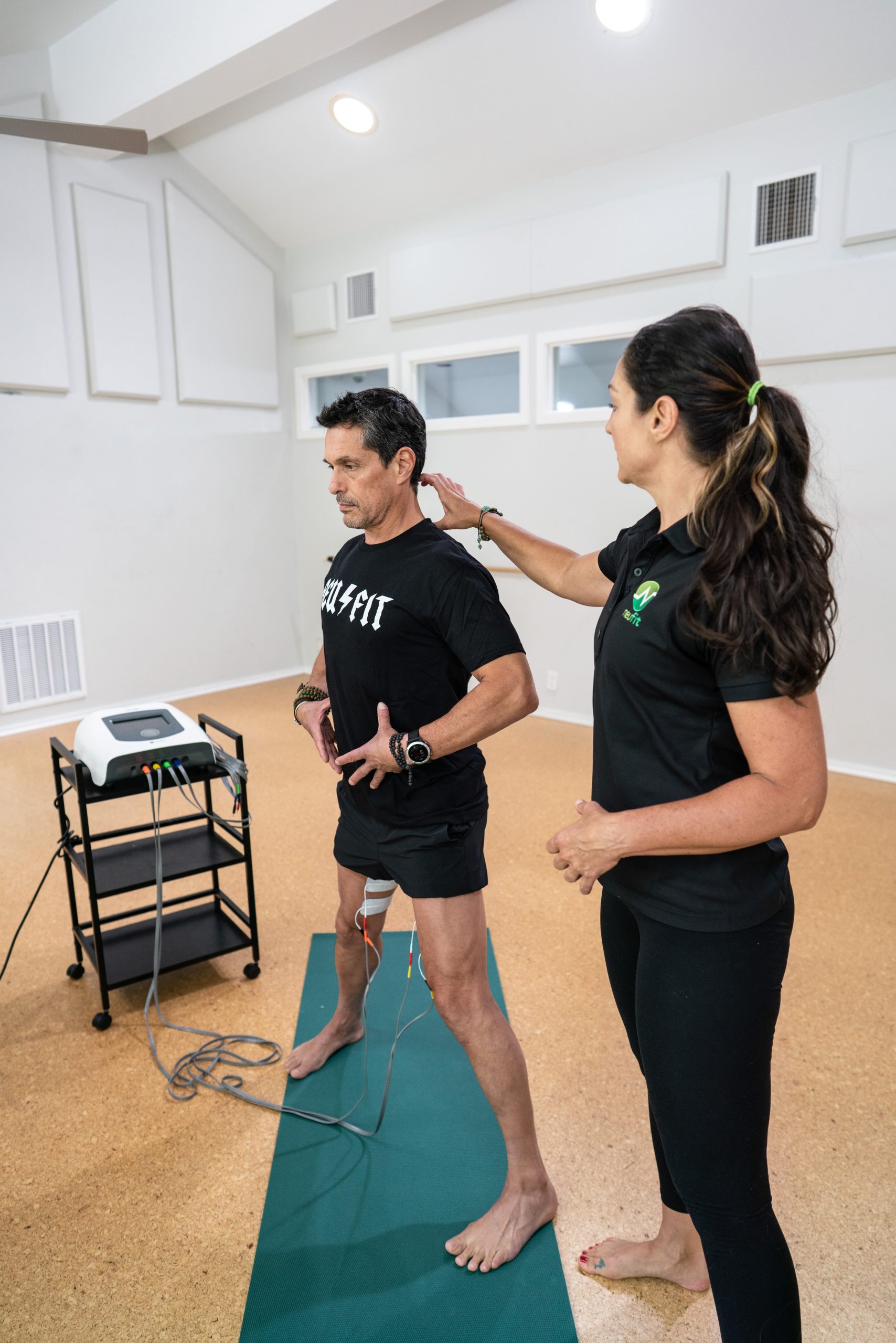With this week’s blog, we are starting a new series of posts on assessing the health of our nervous system. Along with high blood pressure and other chronic lifestyle-related diseases, there are a number of additional indicators that can give us important clues about the health of the nervous system.
Besides providing a window into nervous system function, these indicators are also valuable tools for monitoring the effectiveness of training and assessing overall fitness and health.
We will be focusing on how to use the following indicators to evaluate nervous system health:
- Heart rate variability
- Heart rate response to training
- Energy levels and libido
- Mental acuity
- Sleep quality
- Appetite
- Body composition
- Bowel function
- Immune function
- Blood pressure and chronic lifestyle-related disease
Let’s Establish a Baseline First
The rehab and fitness methods we’ve been discussing in our past blogs directly address the nervous system—so they tend to have a significant positive impact on the indicators of nervous system health. In other words, taking a neurologically focused approach to rehab and training usually leads to improvements in brain and nervous system function.
Some of these improvements show up quickly, almost in real time, while others take longer to manifest. Heart-rate variability, sleep, sex drive, and appetite, for example, can change from day to day. However, things like chronic high blood pressure, as well as lifestyle-related diseases like diabetes, are conditions that develop over time and take time to improve.
Given the range of possible responses to rehab and training, it’s important to establish a baseline. By noting each person’s starting point when it comes to things like heart rate variability, sleep quality, and digestive function, we can clearly assess the effects of rehab and training on their nervous system over time—and adjust our approach whenever we need to.
The Indicators are Interconnected
Since all of these indicators are tied to the nervous system, they’re all interrelated. If someone is spending most of their time in a sympathetic-dominant state, there are generally multiple signs, like high blood pressure, poor sleep quality, and low heart rate variability. But if someone stays in a parasympathetic state for too long, never challenging themselves through exercise or in other ways, long-term health and performance will suffer, too. Ultimately, it comes down to balance. To find that balance, we need to see the overall picture.
This is why it’s important to evaluate the indicators of nervous system function collectively rather than individually. Instead of drawing conclusions or making decisions based on a single indicator, we want to consider them as a whole in the context of rehab, fitness training, and long-term health.
HEART RATE VARIABILITY: A KEY INDICATOR OF NERVOUS SYSTEM HEALTH
Heart rate variability is one of the most powerful indicators of nervous system health. But what exactly is heart rate variability, and why is it important?
Heart rate variability is a measure of the time interval between heartbeats in milliseconds.¹ As with bodily functions like breathing, digestion, and elimination, heart rate variability is controlled by the autonomic nervous system.
Heart Rate Variability and the Autonomic Nervous System
The autonomic nervous system, also known as the automatic nervous system, includes both the sympathetic and parasympathetic nervous systems. On any given day, the body moves along a continuum between these two sides of the nervous system.
Optimal nervous system function is characterized by the ability to shift between states of high activity (sympathetic) and recovery (parasympathetic) as often as necessary. Over time, if the body gets locked in any one state for too long, problems arise, from blood pressure and blood sugar issues to neurological and digestive disorders.
So how do we know when the body is spending too much time on either side of the nervous system?
One of the best ways is to track heart rate variability.
Since it’s controlled by the autonomic nervous system, heart rate variability is a powerful tool to measure the balance of that system. Essentially, it’s a snapshot of how the autonomic nervous system is functioning at a particular moment in time.
Optimal Heart Rate Variability
High heart rate variability is generally a sign of healthy nervous system function since it indicates that the body can move easily along the continuum between the sympathetic and parasympathetic nervous systems.
How high should it be?
To understand what’s behind optimal heart rate variability, let’s look at a hypothetical example:
Imagine patient X’s resting heart rate is sixty beats per minute, and they average exactly one second between heartbeats. If this is the case, they have zero heart rate variability because the time interval between each heartbeat is exactly the same. This is an indicator of suboptimal nervous system function.
By contrast, healthy heart rate variability looks like this: a few beats with a slightly longer interval in between, say 1.1 seconds, and a few beats with a slightly shorter time interval in between, say .9 seconds.
In this case, the interval between heartbeats varies up from the average by 0.1 seconds and down from the average by 0.1 seconds. The heart rate goes as low as fifty-four beats per minute and as high as sixty-six beats per minute while still averaging sixty beats per minute. This might not sound like a significant variation, but it’s a reasonably high value in terms of heart rate variability metrics.
In next week’s blog, we are going to consider what other factor affect heart rate variability, how to measure the variability and our heart rate’s response to exercise. Until then…
Let’s charge forward to better outcomes!
Footnote


